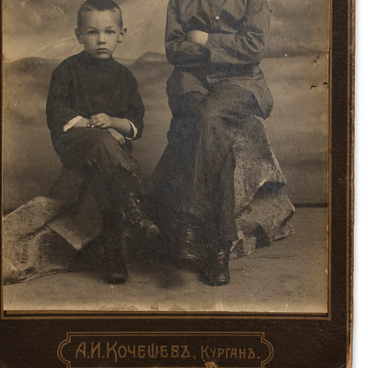The Penza Literature Museum houses over six thousand books, including rare editions from the 17th and 18th centuries. The collection features multi-volume Russian and foreign encyclopedias, memoirs, illustrated magazines, and lifetime editions of famous Russian writers whose fates are closely linked to the Penza land.
One of the gems of the exhibition is “The Spirit of Law” in the original French. It is a book with a bright red binding, golden tooling on the cover, and a golden edge. This is the magnum opus of Charles-Louis de Secondat, Baron de Montesquieu (1689–1755), a French philosopher, educator, and expert in history, theory of law and government. His political philosophy works were indispensable reference books of Empress Catherine the Great.
The book was published in Paris in 1795. It was released by the Didot publishing house, a large exemplary French company that had grown out of a small bookstore in 1710. The printing firm was renowned for its luxurious illustrations and unsurpassed book design. The quality and price of their products were unmatched. The printing house of the Didot family was the trendsetter in the world of printing. Their typographic fonts were considered the finest and were used in various countries, including the Russian Empire.
The main element of décor of the displayed book is the design of its edge. The page edges of the book are trimmed so that all pages stack with perfect edge alignment. There is a wide variety of edges which differ in style, decoration areas and techniques. In mass-market contemporary editions, the trimmed edge is rarely painted, usually this is done in the case of gift editions. A painted edge serves a decorative and aesthetic purpose and also protects the fragile paper from exposure to dust, oxygen, and light. A poorly executed edge can ruin the overall impression of a book, even if it is made of expensive materials. The practice of painting book edges has been known since the 13th century. At that time, book edges were gilded partially or fully. In the 16th century, book bindings began to be richly decorated, and at the same time, more attention was paid to the edge. Book edges were often decorated with themed paintings. Books with handmade décor were very expensive and were often arranged on the shelf with their edge facing outward, rather than the spine.


